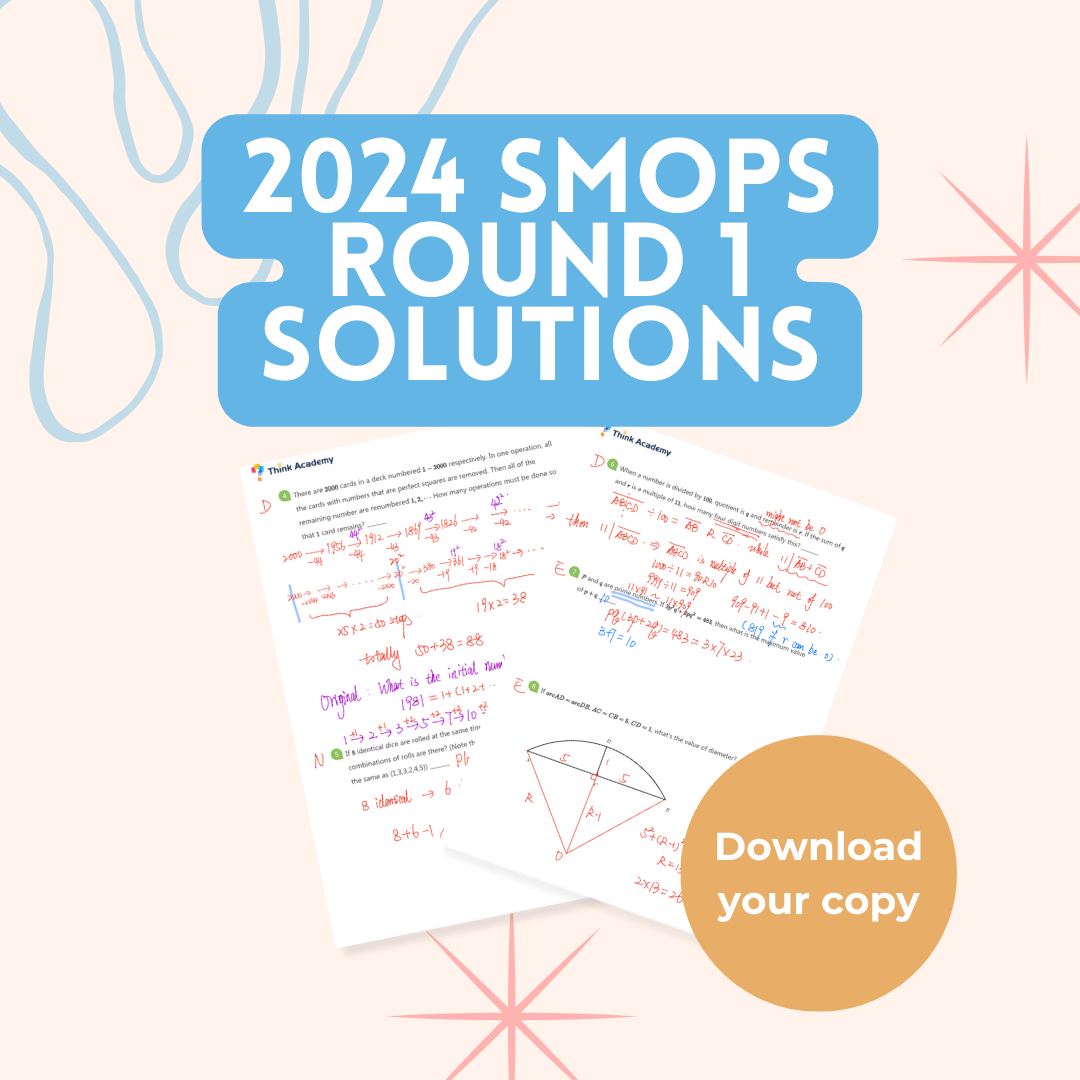The Primary School Leaving Examinations (PSLE)is one of the key milestones in any Singaporean child’s life. It can be stressful and anxiety-inducing for many 12-year-olds. In 2022, it was no different. Forums would often be abuzz with chatters about the PSLE Math questions almost instantaneously after the exam.
Here are some things that you would want to know about the 2022 PSLE Math and its questions!
Common sentiments from parents and students
Most of the parents and students have commented that the 2022 PSLE Math paper was relatively less difficult than the past years. However, some questions do require students to understand what the question is asking for and think critically about the steps required. We will show you some examples below! Also, it is the first year that MOE is bringing the topic of speed back.
2022 would also be the second year the AL score is implemented. With the updated AL scoring system, students’ final scores will be less finely differentiated. For examinations with a comparatively lower difficulty level, this means that a larger proportion of the students might be getting similar results or scores. Consequently, this toughens the competition for parents and students with the ambition of getting into prestigious schools.
Are the 2022 PSLE Math Questions really challenging?
Here we will break down some of the most challenging PSLE Math Questions in 2022
Pattern Question

In this particular question, you will need to:
- Start off by Identifying the pattern. When does the pattern repeat? You will notice that the pattern starts repeating every 5 letters.
- In each pattern set, there are 3 A’s. Since the question mentioned that A is repeated 137 times and we are trying to find the largest possible number of letters, with the available information, we can take 137 ÷ 3 = 45 R2 to find the number of set.
- Hence, we are able to find out the number of letters by taking 45 x 5 = 225. The number of letters are at least 225.
- However, there are 2 more A’s being repeated. We know that there is a B between the final 2 A’s. Don’t forget to include the C after the last A, bringing the total to 225+4 = 229
One tip for PSLE questions like these is to always ask yourself – Are there any additional scenarios or cases that I need to include?
Angle Question

Key Learning Points in this question:
- All four corners of a rectangular piece of paper is always 90°
- The triangle formed by the folded part of the paper is similar to the triangle beneath (Angle QRO = Angle QRX)
- Since you are able to identify Angle QRO = Angle QRX = Angle PSX, you will be able to identify angle Y. Angle Y = 180°-90°-73° = 17°
- Since Angle PQX + 17° + 17° = 90°, you can find angle PQX which is 56°.
- Angle X can be found by taking 180°-56°-56° = 68°
Fence Question

To solve this question,
- Find the width of each rectangular field. 36 ÷ 3 = 12m
- Since the fields are fenced using 177m, AB + AB + 27 + 27 + 36 + 36 = 177m. (Psst, the fence shared by the middle and bottom rectangle as well as the top and the middle rectangle)
2 AB = 51m
AB = 51÷2 = 25.5m - Area of rectangle C (bottom) = 27 x 12 = 324 m²
Area of rectangle A (top) = 25.5 x 12 = 306 m²
Area of rectangle B (middle rectangle) = 876 – 324 – 306 = 246m²
Length of B = 246 ÷ 12 = 20.5m
The perimeter is simply 36+ 36+ 27 + 25.5 + (27-20.5) + (25.5-20.5) = 136m
What are some common problems that will prevent students from getting AL1 or AL2?
1. Careless mistakes
Students often blame their loss of marks to careless mistakes. Some of these careless mistakes can be easily avoided and could potentially cost students 1-2 AL band. One of the causes of careless mistakes is that students often copy the numbers from the question into the workings wrongly. If you know that you have issues with this, one way to solve this is to do a quick check immediately after copying the numbers into your equations before calculating.
Quick tip: Ensure you write your workings neatly so that you don’t end up misreading your handwriting for future steps in the workings. (We can’t emphasise this enough!)
2. Misreading questions
Another common problem would be misreading the question. Under time pressure especially during PSLE Math, you might be tempted to quickly glance through the question. Take some time to slow down and comprehend what the question is asking for. One tip I often use to help students is to get them to use their pencils/pen to underline the key phrases (since you can’t use highlighters and it’s distracting as well).
Take for example:

While this question is a very straightforward MCQ question, careless mistakes may occur as the order of the information in the question is shown for Steffi followed by Martina.
3. Blanking out during the exam
Some students have lamented their sudden loss of ability to solve a certain type of question during exam conditions. These students typically do well during practices but are unable to recall and apply strategies under exam conditions. With the removal of mid-year examinations, students get less practice in terms of problem-solving under time pressure. To condition students to excel during high-stakes examinations, we recommend students to incorporate at least 1-3 timed full-paper practices weekly.
If you are taking your PSLE this year, what should you do?
Get your foundations right by mastering math concepts from tested topics. If you are looking to improve your grades from AL4-3 to a grade higher, we have just the thing for you!
Our PSLE Short Term Course is taught by Master Teacher Jason. Teacher Jason is a degree holder from Nanyang University of Technology with at least 4 years of teaching experience. In 2022, he has helped 76% of his PSLE Elite class achieve AL1 in Math.

Find out more through about our short term course through our webinar happening on 1 March 2023!
For those who are Primary 4 and 5, set yourself up for success by getting your foundations right with Think Academy. Free trials are also available.




